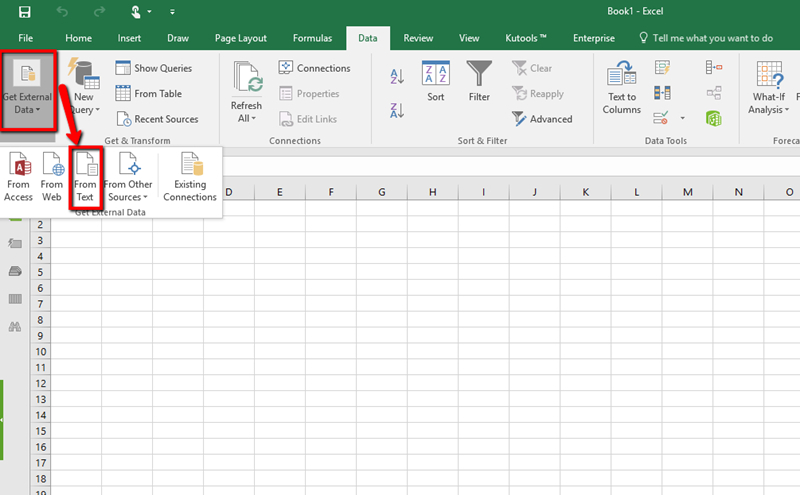


Most of the time, Excel is able to determine the data type automatically, and you can leave the selected Column data format on General. The final step of the text import wizard allows you to specify the data type contained in each column.In some cases, the data may be enclosed in quotes, but for this example, (none) is selected as the text qualifier. In Step 2, select the type of delimiters contained in the text file – in this case the tab delimiter.If the first row of data contains column headings, check My data has headers. If the data is separated with a character like a comma, semicolon, space, or tab, select Delimited. Depending on the data contained in the file selected, you can either choose Delimited or Fixed Width as the file type.The Text Import Wizard opens to the first of three steps. In the Ribbon, select File > Open > Browse, and then select the text or CSV file to be opened.

The int() function then could be used to make sure all ages are in integer format.This tutorial demonstrates how to open a text file in Excel and Google Sheets. For example, there could be a dataset where the age was entered as a floating point number (by mistake). Sometimes, it might be possible to work around them. These are values which do not make sense (like the byte order mark we saw earlier).


 0 kommentar(er)
0 kommentar(er)
